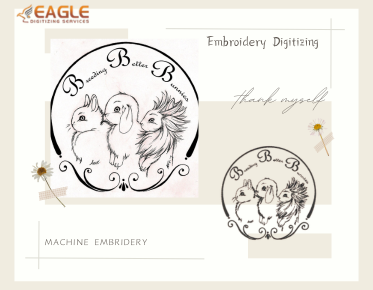Understanding the Difference Between PNG and Vector Files
In the world of digital graphics, understanding the distinction between different file types is crucial for both creators and consumers. One common question that arises is whether a PNG is a vector file. The short answer is no, a PNG is not a vector file. To understand why, we need to delve into the characteristics of both PNG and vector files, their uses, and how they differ from each other.
What is a PNG File?
PNG, which stands for Portable Network Graphics, is a raster graphics file format that supports lossless data compression. It was created as an improved, non-patented replacement for Graphics Interchange Format (GIF). PNG files are widely used for web graphics due to their ability to handle transparency and their relatively small file size compared to other formats like BMP or TIFF.
Raster images, like PNGs, are made up of a grid of individual pixels. Each pixel has its own color value, and together they form the complete image. This pixel-based structure means that when you enlarge a PNG image, it can become pixelated or blurry because the pixels are simply being stretched to cover more area without adding any new detail.
What is a Vector File?
In contrast, vector files are not made up of pixels. Instead, they use mathematical equations to define shapes, lines, and colors. This means that vector images can be scaled to any size without losing quality. Common vector file formats include SVG, AI, and EPS. These files are ideal for logos, icons, and any graphics that need to be resized frequently.
Vector graphics are particularly useful in design and printing industries because they ensure that images remain crisp and clear at any size. This scalability is a significant advantage over raster images, which can degrade in quality when resized.
Key Differences Between PNG and Vector Files
1. Scalability
As mentioned, vector files can be scaled infinitely without losing quality, making them ideal for designs that need to be used in various sizes. PNG files, being raster-based, do not offer this flexibility and can become pixelated when enlarged.
2. File Size
Vector files tend to be smaller in size compared to high-resolution raster files because they store data as mathematical equations rather than individual pixels. This can be advantageous when dealing with complex designs that need to be shared or stored efficiently.
3. Use Cases
PNG files are excellent for web use, especially when transparency is needed, such as in logos or icons on websites. Vector files are preferred for print media, branding, and any application where the image needs to be resized without losing quality.
Converting PNG to Vector
There are times when you might need to convert a PNG file to a vector format. This process is known as vectorization. It involves tracing the raster image to create a vector version. Various software tools can perform this conversion, but the quality of the result can vary depending on the complexity of the original image and the capabilities of the software.
For professional results, it's often best to use a service that specializes in vector conversion. These services can ensure that the vectorized image maintains the integrity of the original design while providing the scalability benefits of vector graphics.
Choosing the Right Format for Your Needs
When deciding between PNG and vector formats, consider the end use of your image. If you need a graphic for a website that requires transparency, a PNG might be the best choice. However, if you're designing a logo that will be used on everything from business cards to billboards, a vector format is essential.
Understanding the strengths and limitations of each format can help you make informed decisions about which to use for your projects. For instance, if you're working on a project that involves vector graphics, knowing that they can be resized without losing quality is crucial.
Future Trends in Graphic Design
As technology continues to evolve, the lines between raster and vector graphics may blur further. New file formats and software capabilities are constantly being developed, offering more flexibility and options for designers. However, the fundamental differences between raster and vector graphics are likely to remain relevant, especially in professional settings where quality and scalability are paramount.
For those looking to stay ahead in the field of graphic design, keeping up with these trends and understanding the core principles of different file types will be essential. As always, choosing the right tool for the job is key, and knowing when to use a PNG versus a vector file can make all the difference in the quality and effectiveness of your work.
In conclusion, while PNG files are not vector files, both have their place in the world of digital graphics. By understanding their differences and applications, you can make informed decisions that enhance your projects and meet your specific needs. Eagle Digitizing excels in delivering professional vector art services, transforming creative visions into scalable designs.
.png)


